In an era where remote work, hybrid teams, and digital transformation have become standard, collaboration tools have become the backbone of modern businesses. However, with the vast number of platforms available today, the real challenge lies in understanding which tools genuinely improve teamwork and which only add unnecessary complexity.
The real goal: simplify, not complicate
The ultimate purpose of digital collaboration tools should be to simplify communication and make teamwork more efficient. However, many companies fall into the trap of adopting too many platforms—chat tools, project management systems, document sharing apps—without properly integrating them.
The result? Fragmented communication, information overload, and a significant loss of productivity. The right tool is not the one that offers the most features, but the one that fits the company’s workflow and culture.
The most effective tools today
- Microsoft Teams and Slack – These platforms have become reference points for corporate communication. They combine chat, video calls, and integrations with third-party apps, helping teams maintain constant and organized communication.
- Google Workspace and Microsoft 365 – For document collaboration, few solutions can rival them. They allow multiple people to edit and comment on the same file in real time, eliminating the endless email exchanges with attachments.
- Trello, Asana, and Monday.com – These are the champions of project management. They allow teams to track tasks, assign responsibilities, and monitor project progress visually and intuitively.
- Notion and Confluence – Ideal for creating internal knowledge bases, guides, and shared documentation. They help preserve the company’s “collective memory” and make onboarding new employees much easier.
The importance of integration
No tool can cover every need. The key lies in integration—choosing a few well-connected platforms that can “talk” to each other. APIs and automation systems (like Make or Zapier) can eliminate redundant manual work, ensuring smooth communication between different software systems.
Beyond the tool: company culture
Technology alone is not enough. Even the most powerful collaboration system fails if the company does not foster a culture of transparency and sharing. The true digital transformation happens when employees feel encouraged to communicate openly, share knowledge, and trust the tools available.
Conclusion
Digital collaboration tools can revolutionize how a company operates—but only if chosen and used wisely. The secret is to focus on integration, usability, and above all, the people who use them every day.
Because technology is just a means—collaboration is the real goal.







